

Boosting Aquaculture with Resilient, Fast-Growing Catfish Hybrids
Fast Growing and Hybrid African Catfish" is developed to enhance freshwater farming in Sub-Saharan Africa. This technology involves the selective breeding and hybridization of two catfish species to create a superior hybrid offspring (Hetero-Clarias). The process of hybridization requires hormone-induced egg release in female catfish and the collection of seminal fluids from male catfish, subsequently combined to produce the hybrid.
This technology is TAAT1 validated.
Feed inputs for 8600—10000 Catfish fingerlings
Open source / open access
The fast-growing and hybrid African Catfish technology may be of interest to Fingerling Multiplier, and users (Fish farmers, aggregators).
Fingerling Multiplier
Producing fast-growing and hybrid African Catfish technology offers an opportunity to enhance aquaculture productivity, and improve food security.
To efficiently multiply fingerlings, it's essential to:
A certification for propagating fast-growing and hybrid African Catfish varieties, adhering to the licensing requirements set by each country in Sub-Saharan Africa for producing and selling certified fingerlings locally.
Your potential customers include Fish farmers, aggregators, as well as development projects, government agencies, and NGOs.
Establishing robust partnerships with potential customers is crucial for the success of your fingerling production business.
Users
Utilizing fast-growing and hybrid African Catfish technology presents a solution to effectively manage pests and diseases, enhance fish yield and quality, and promote sustainable aquaculture practices, thereby improving the livelihoods of diverse farming communities.
As key partners, you require suppliers of fast-growing and hybrid African Catfish fingerlings.
Since the technology is accessible in various countries such as Benin, Cameroon, Democratic Republic of the Congo, Ivory Coast, Kenya, Malawi, Nigeria, Tanzania, Uganda, Zambia, it's imperative to consider delivery costs and potential import duties.
The cost structure varies, with the price of one gram of fast-growing and hybrid African Catfish fingerlings ranging from USD 0.025 to 0.09 per gram.
In Kenya, five- to six-week-old fingerlings of common catfish are sold at 0.12 USD per individual. At a stocking rate of 600 fish per cubic meter of water, this cost is 72 USD. Hybrid catfish fingerlings can cost 2-2.5 times more than the non-hybridized breeds. Feed for a one-hectare pond stocked with 8,600 fast-growing catfish is about 2,500 USD, while feed inputs for 10,000 hybrid catfish are approximately 3,500 USD, making feed the greatest recurrent production input.
You need to assess the profitability achieved through the utilization of this technology.
Adults 18 and over: Positive high
The poor: Positive medium
Under 18: No impact
Women: Positive high
Climate adaptability: Highly adaptable
Farmer climate change readiness: Significant improvement
Biodiversity: No impact on biodiversity
Carbon footprint: Same amount of carbon released
Environmental health: Moderately improves environmental health
Soil quality: Does not affect soil health and fertility
Water use: Same amount of water used
Scaling Readiness describes how complete a technology’s development is and its ability to be scaled. It produces a score that measures a technology’s readiness along two axes: the level of maturity of the idea itself, and the level to which the technology has been used so far.
Each axis goes from 0 to 9 where 9 is the “ready-to-scale” status. For each technology profile in the e-catalogs we have documented the scaling readiness status from evidence given by the technology providers. The e-catalogs only showcase technologies for which the scaling readiness score is at least 8 for maturity of the idea and 7 for the level of use.
The graph below represents visually the scaling readiness status for this technology, you can see the label of each level by hovering your mouse cursor on the number.
Read more about scaling readiness ›
Semi-controlled environment: prototype
Common use by projects NOT connected to technology provider
| Maturity of the idea | Level of use | |||||||||
| 9 | ||||||||||
| 8 | ||||||||||
| 7 | ||||||||||
| 6 | ||||||||||
| 5 | ||||||||||
| 4 | ||||||||||
| 3 | ||||||||||
| 2 | ||||||||||
| 1 | ||||||||||
| 1 | 2 | 3 | 4 | 5 | 6 | 7 | 8 | 9 | ||
| Country | Testing ongoing | Tested | Adopted |
|---|---|---|---|
| Benin | –No ongoing testing | Tested | Adopted |
| Cameroon | –No ongoing testing | Tested | Adopted |
| Côte d’Ivoire | –No ongoing testing | Tested | Adopted |
| Democratic Republic of the Congo | –No ongoing testing | Tested | Adopted |
| Kenya | –No ongoing testing | Tested | Adopted |
| Malawi | –No ongoing testing | Tested | Adopted |
| Nigeria | –No ongoing testing | Tested | Adopted |
| Tanzania | –No ongoing testing | Tested | Adopted |
| Uganda | –No ongoing testing | Tested | Adopted |
| Zambia | –No ongoing testing | Tested | Adopted |
This technology can be used in the colored agro-ecological zones. Any zones shown in white are not suitable for this technology.

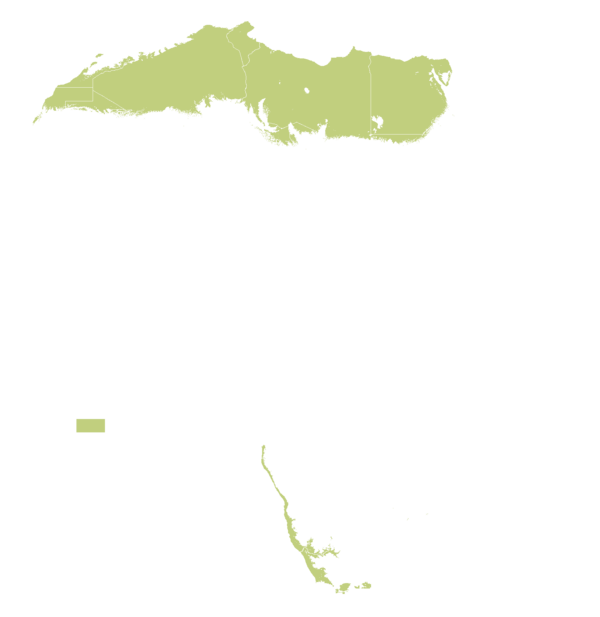

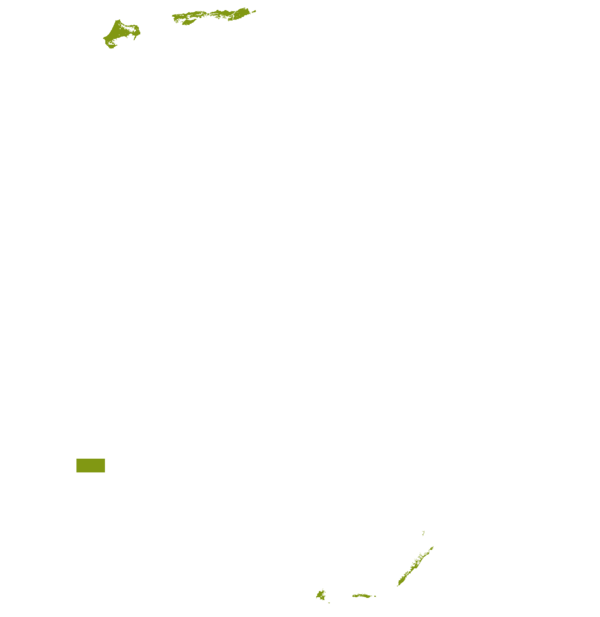






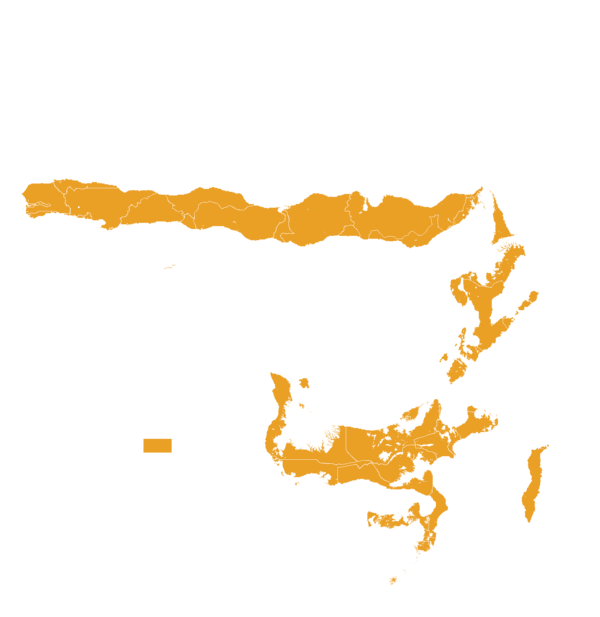


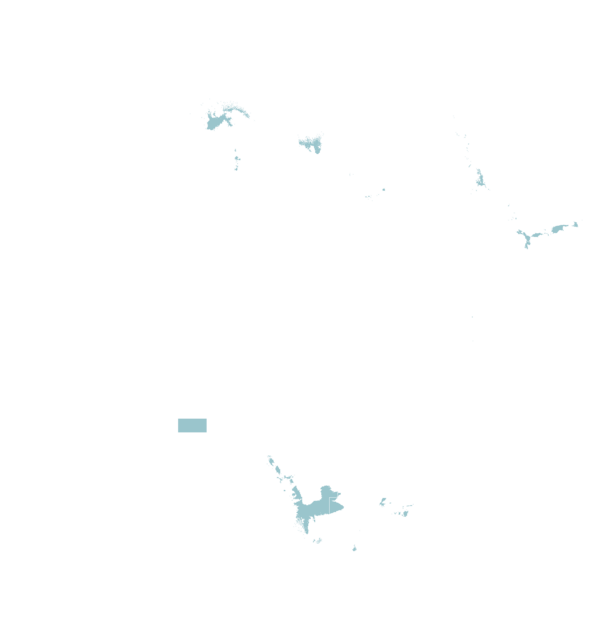

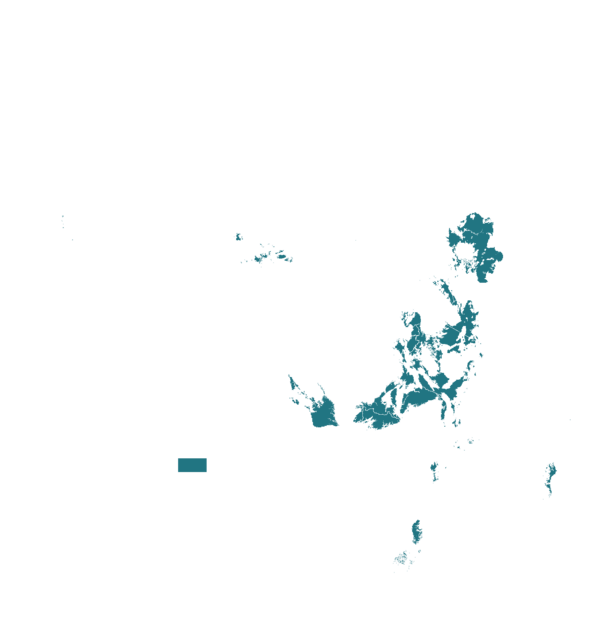
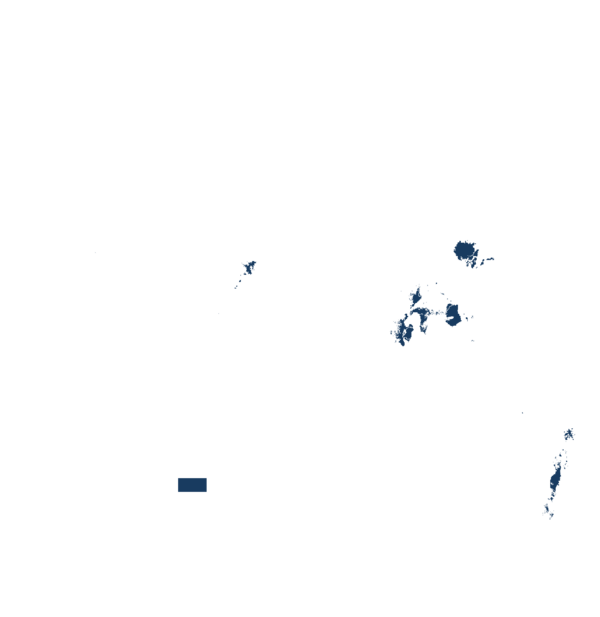
| AEZ | Subtropic - warm | Subtropic - cool | Tropic - warm | Tropic - cool |
|---|---|---|---|---|
| Arid | ||||
| Semiarid | ||||
| Subhumid | ||||
| Humid |
Source: HarvestChoice/IFPRI 2009
The United Nations Sustainable Development Goals that are applicable to this technology.



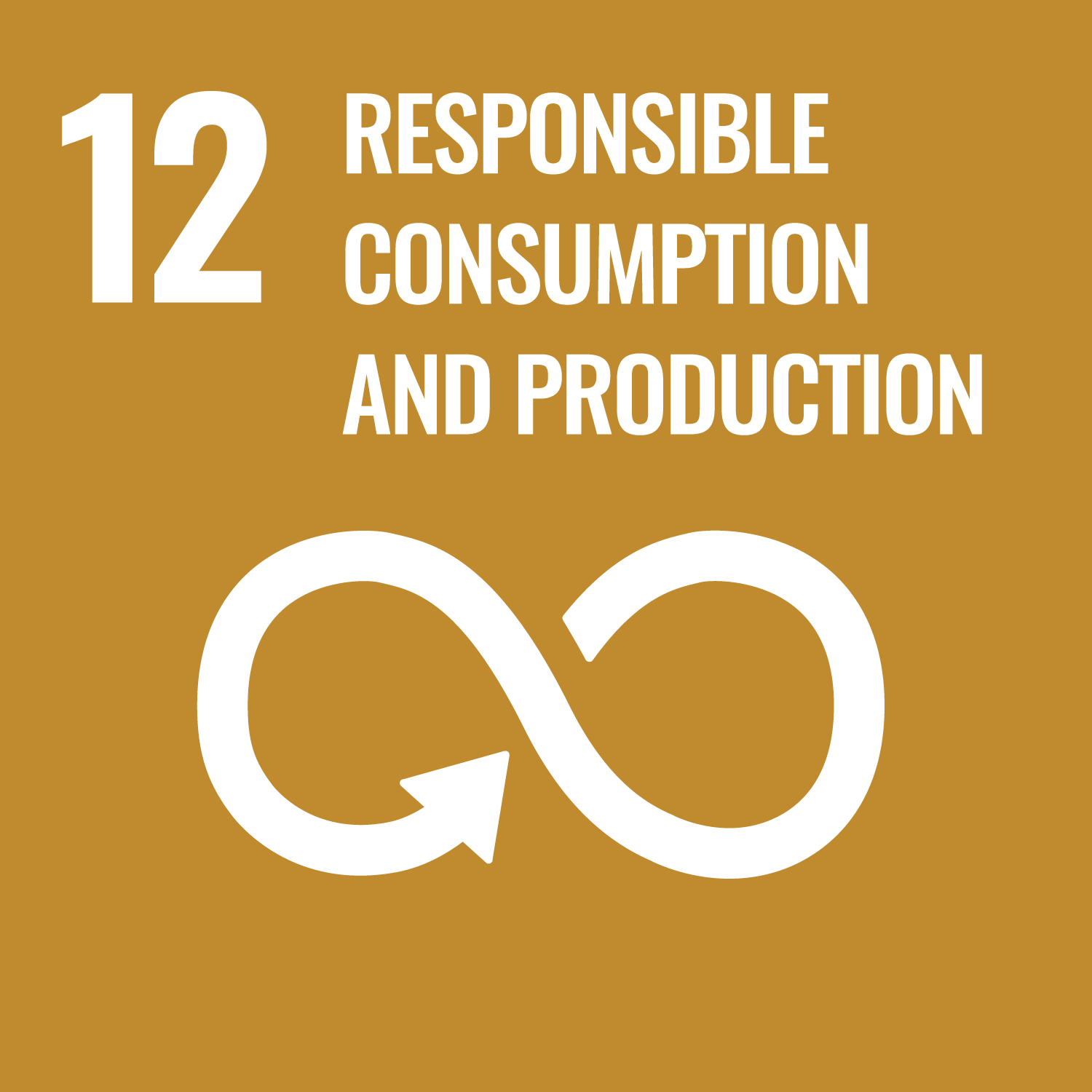
Last updated on 31 October 2025